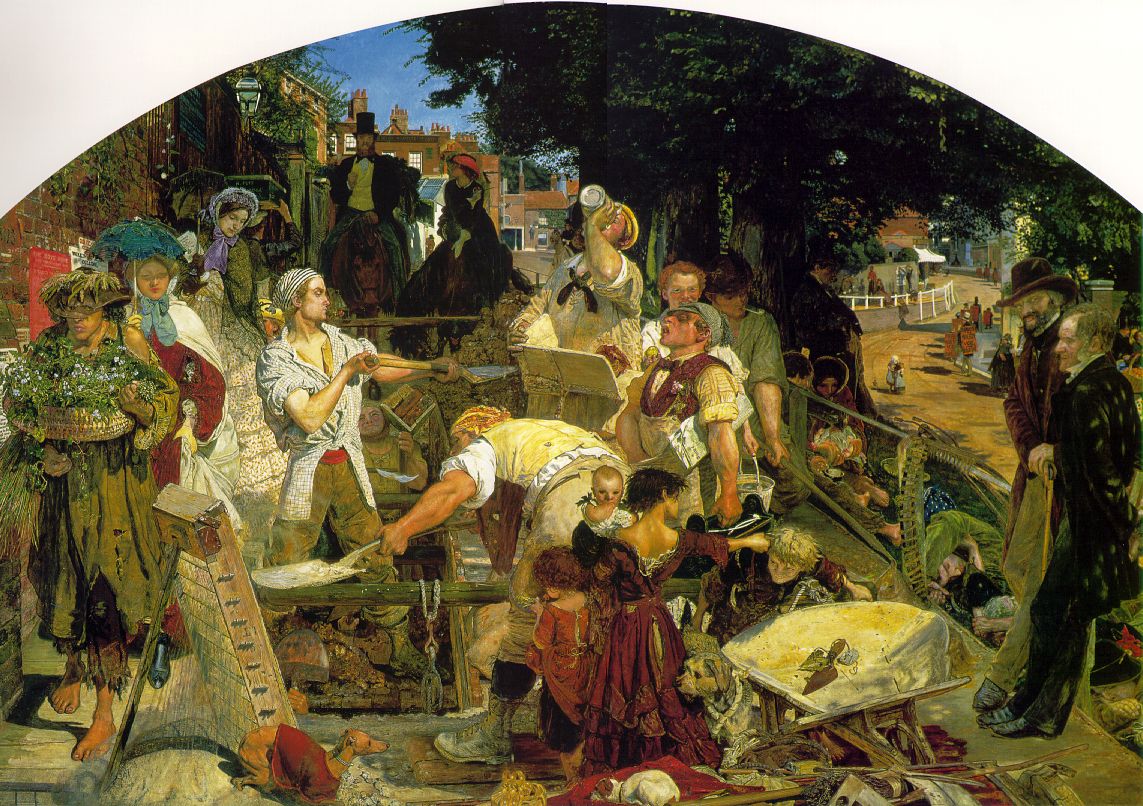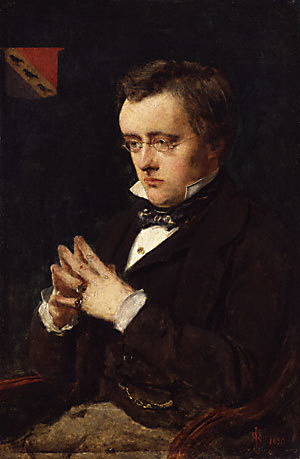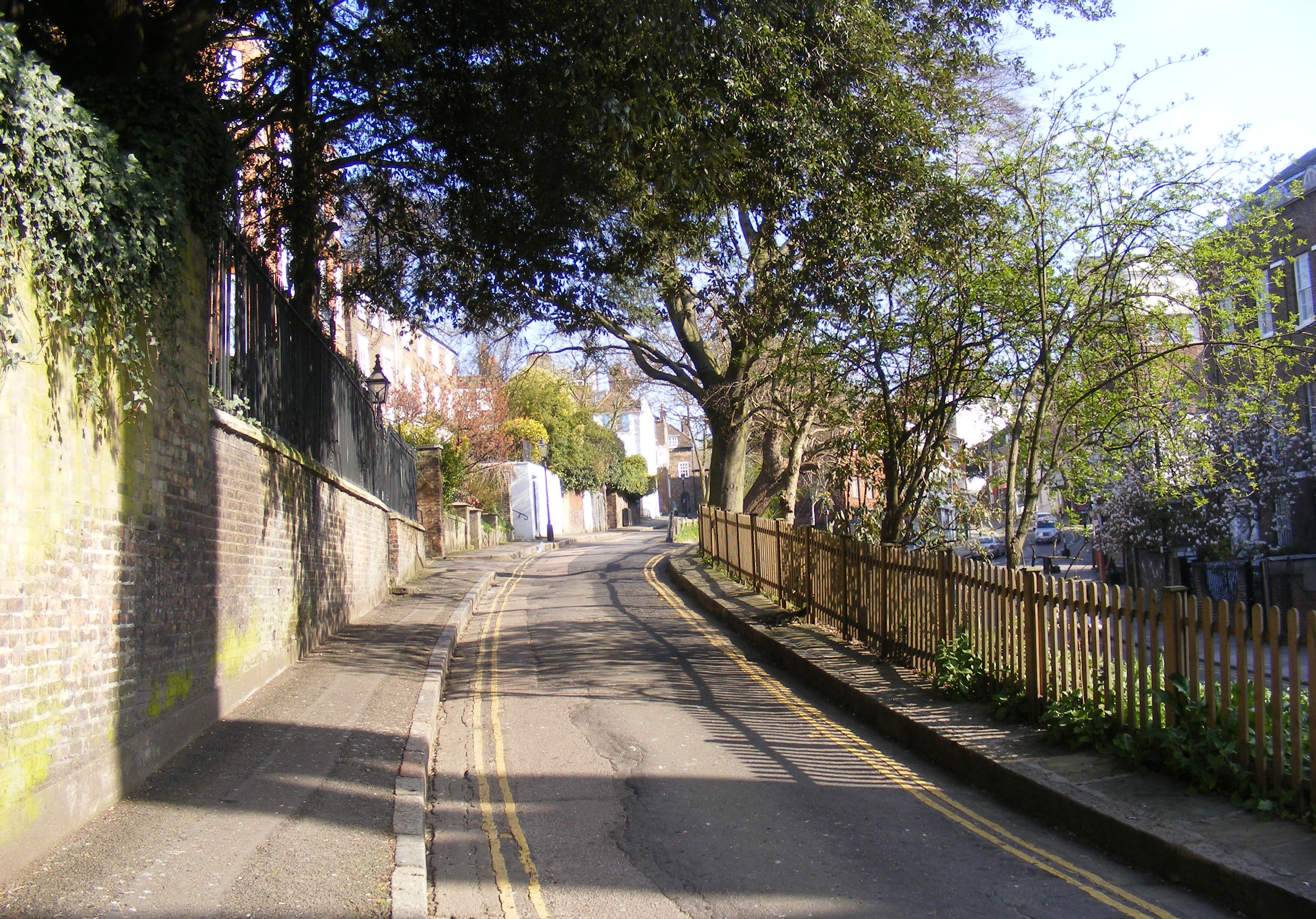|
Hampstead Square
Hampstead Square lies in Hampstead in the London Borough of Camden. It runs eastward off Heath Street, Hampstead, Heath Street and then curves southwards before Elm Row connects it again to Heath Street. It is linked by pedestrian access to Cannon Place. Historically it was a garden square, featuring densely-packed buildings as opposed to the larger space-out houses on the edge of Hampstead Heath. Many of the houses date back to the early eighteenth century when the area was booming due to the nearby Hampstead Wells spa. It is marked on the 1762 map of Hampstead simply as The Square and its open space was used in the early nineteenth century by strolling players and the Victoria Tea Gardens. The construction of Christ Church, Hampstead, Christ Church in 1852 by the architect Samuel Daukes turned it from a traditional square shape into a polygon.Wade p.46 The Hampstead Meeting House is also located in the square. Notable residents have included the writer Wilkie Collins and the ma ... [...More Info...] [...Related Items...] OR: [Wikipedia] [Google] [Baidu] |
Hampstead Square - Geograph
Hampstead () is an area in London, England, which lies northwest of Charing Cross, located mainly in the London Borough of Camden, with a small part in the London Borough of Barnet. It borders Highgate and Golders Green to the north, Belsize Park to the south and is surrounded from the northeast by Hampstead Heath, a large, hilly expanse of parkland. Hampstead is known for its intellectual, artistic, liberal, and literary associations. It contains a number of listed buildings, such as Burgh House, Kenwood House, the Spaniard's Inn, and the Everyman cinema. With some of the most expensive housing in London, Hampstead has had many notable residents, both past and present, including King Constantine II of Greece and his wife Queen Anne Marie, Helena Bonham Carter, Agatha Christie, T. S. Eliot, Jon English, Sigmund Freud, Stephen Fry, Ricky Gervais, Jim Henson, George Orwell, Harry Styles and Elizabeth Taylor. As of 2004, Hampstead has been home to more Prime Ministers, and con ... [...More Info...] [...Related Items...] OR: [Wikipedia] [Google] [Baidu] |
Christ Church, Hampstead
Christ Church, Hampstead, is a Church of England church in Hampstead, London. It is a church with particular connections to the old village of Hampstead and the Heath. Former Prime Minister of the United Kingdom, Prime Minister Clement Attlee was married to his wife, Violet Attlee, at Christ Church, Hampstead. History The present church was erected between 1850 and 1852 to designs by the architect Samuel Daukes in the Early English Gothic style. In 1860 a timber gallery was erected by Sir George Gilbert Scott, Gilbert Scott (this was dismantled in the 1960s). In 1881–82 the north porch and aisle were added to designs by Ewan Christian. The church is constructed of Kentish ragstone with Portland stone dressings and slate roofs. In 1855 the church built a primary school adjacent, originally for infants. By the post-World War II period the school catered to kindergarten (ages 3–5) and primary (ages 5–11) mixed gender students, organized as one class per year. This was ... [...More Info...] [...Related Items...] OR: [Wikipedia] [Google] [Baidu] |
New End Square
New End Square is a square in Hampstead, in the London Borough of Camden. It dates back to the early eighteenth century when it was located close to the Hampstead Wells spa on the adjacent Well Walk. Despite its name it is not rectangular. At its northern end is the Old White Bear pub dating back to 1704, on the corner with Well Road. Its southern end is at the junction between Flask Walk and Well Walk. New End street curls off from one corner of the square, eventually heading west to Heath Street, Hampstead, Heath Street. It is known as New End to distinguish it from older parts of Hampstead village. The largest building is Burgh House, now housing the Hampstead Museum, which dates back to 1704. A number of other buildings, dating back to the eighteenth and early nineteenth century, are now Grade II listed.https://historicengland.org.uk/listing/the-list/list-entry/1113168?section=official-list-entry New End street was developed at the same time as the square, and was once home ... [...More Info...] [...Related Items...] OR: [Wikipedia] [Google] [Baidu] |
Ethel Léontine Gabain
Ethel Léontine Gabain, later Ethel Copley, (26 March 1883 – 30 January 1950) was a French-Scottish artist. Gabain was a renowned painter and lithographer and among the founding members of the Senefelder Club. While she was known for her oil portraits of actresses, Gabain was one of the few artists of her time able to live on the sale of her lithographs. She also did etchings, dry-points, as well as some posters. Biography Early life Gabain had four sisters and one brother. Her father was French and her mother, Bessie, was born in Scotland. Her father, Charles Edward Gabain was a well off French coffee importer and on his retirement he moved the family to England to The Manor House, Bushey, Hertfordshire. Gabain was born in France and lived there for over twenty years. When she moved to England she was well equipped. She knew the country and was able to speak fluent English due to the fact, from the age of fourteen, she had boarded at Wycombe Abbey School, Buckinghamshire. Th ... [...More Info...] [...Related Items...] OR: [Wikipedia] [Google] [Baidu] |
John Copley (artist)
John Copley (25 June 1875 – 17 July 1950) was a British artist. He was a founder member of the Senefelder Club and served as its honorary secretary from 1910 to 1916. While there he met his future wife, Ethel Léontine Gabain, with whom he had two sons. Copley won a silver medal for Painting and Engraving at the 1948 London Summer Olympics. At 73, he was the oldest recipient of any Olympic medal. 1948 was the last Games in which art competitions were held. Personal life Copley was born in Manchester in 1875. He studied art at the Manchester School of Art and the Royal Academy. He spent ten years in Italy before moving to London. In 1909 Copley and Joseph Pennell started the Senefelder Club to publicise and promote lithography as an artistic medium. Copley was honorary secretary of the club until 1916. During this time he met the French-English artist Ethel Léontine Gabain and the couple married in June 1913. John and Ethel lived in Kent for a time at The Yews in Lon ... [...More Info...] [...Related Items...] OR: [Wikipedia] [Google] [Baidu] |
Wilkie Collins
William Wilkie Collins (8 January 1824 – 23 September 1889) was an English novelist and playwright known especially for ''The Woman in White (novel), The Woman in White'' (1860), a mystery novel and early sensation novel, and for ''The Moonstone'' (1868), which established many of the ground rules of the modern detective novel and is also perhaps the earliest clear example of the police procedural genre. Born to the London painter William Collins (painter), William Collins and his wife, Harriet Geddes, he moved with them to Italy when he was twelve, living there and in France for two years, learning both Italian language, Italian and French language, French. He worked initially as a tea merchant. After ''Antonina (Collins novel), Antonina'', his first novel, was published in 1850, Collins met Charles Dickens, who became his friend and mentor. Some of Collins' work appeared in Dickens' journals ''Household Words'' and ''All the Year Round''. They also collaborated on drama and f ... [...More Info...] [...Related Items...] OR: [Wikipedia] [Google] [Baidu] |
Hampstead Meeting House
The Hampstead Meeting House is a Friends meeting house (a Quaker place of worship) at 120 Heath Street in Hampstead, London N3. It was designed by Fred Rowntree in the Arts and Crafts style. The friends had previously met in Willoughby Road from 1903.British History OnlineHampstead: Protestant nonconformity , British History Online accessdate: June 20, 2017 The Hungarian emigrant sculptor Peter Laszlo Peri was an elder of the Hampstead meeting; having joined in 1945. Mahatma Gandhi spoke at the meeting house in 1909. The prominent Australian Quaker David Hodgkin married Bridget Kelsey in the meeting house in 1940. The noted boat designer Iain Oughcubson became a member of the meeting in the late 1960s. The New Zealand social worker and poet Ursula Bethell called the building a "beautiful little bare meeting house" in a 1937 letter to Rodney Kennedy. The peace activist Stephen Hobhouse attended the Hampstead meeting after graduation in the 1900s. The Chinese feminist and author ... [...More Info...] [...Related Items...] OR: [Wikipedia] [Google] [Baidu] |
Polygon
In geometry, a polygon () is a plane figure made up of line segments connected to form a closed polygonal chain. The segments of a closed polygonal chain are called its '' edges'' or ''sides''. The points where two edges meet are the polygon's '' vertices'' or ''corners''. An ''n''-gon is a polygon with ''n'' sides; for example, a triangle is a 3-gon. A simple polygon is one which does not intersect itself. More precisely, the only allowed intersections among the line segments that make up the polygon are the shared endpoints of consecutive segments in the polygonal chain. A simple polygon is the boundary of a region of the plane that is called a ''solid polygon''. The interior of a solid polygon is its ''body'', also known as a ''polygonal region'' or ''polygonal area''. In contexts where one is concerned only with simple and solid polygons, a ''polygon'' may refer only to a simple polygon or to a solid polygon. A polygonal chain may cross over itself, creating star polyg ... [...More Info...] [...Related Items...] OR: [Wikipedia] [Google] [Baidu] |
Samuel Daukes
Samuel Whitfield Daukes (1811–1880) was an English architect, based in Gloucester and London. Family background Daukes was born in London in 1811, the son of Samuel Whitfield Daukes, a businessman with coal mining and brewery interests, who bought Diglis House, Worcester in 1827. Career Daukes was articled about 1827 to James Pigott Pritchett of York, and had set himself up in practice in Gloucester by 1834. His practice also extended to Cheltenham, as his name appears in a list of architects working there in 1841, the year he took into partnership John R. Hamilton. From 1839 to 1842 Daukes was architect to the Birmingham and Gloucester Railway, designing clerks' houses, engine sheds, brakesmen's cottages and, in 1840, Lansdown station in Cheltenham. He was also architect to the London, Oxford and Cheltenham Railway Company. Between 1842 and 1848, when he started a London office at 14 Whitehall Place, he built up a very large practice in the English midlands. On startin ... [...More Info...] [...Related Items...] OR: [Wikipedia] [Google] [Baidu] |
Strolling Players
Strolling players were travelling theatre groups in England during the Tudor and subsequent periods. They toured the country delivering theatrical performances. They performed in barns and in the courtyards of inns. One of the most popular plays performed by these strolling players was Robin Hood. The English government of the period was concerned that plays such as Robin Hood would promote rebellious acts. The emergence of the Black Death The Black Death was a bubonic plague pandemic that occurred in Europe from 1346 to 1353. It was one of the list of epidemics, most fatal pandemics in human history; as many as people perished, perhaps 50% of Europe's 14th century population. ... also increased fear that the strolling players would be responsible for spreading disease. The strolling players were subsequently banned in 1572. The only actors allowed to perform around the country were those who were employed by noblemen. References Acting Tudor England Touring theatre ... [...More Info...] [...Related Items...] OR: [Wikipedia] [Google] [Baidu] |
Hampstead Wells
Hampstead () is an area in London London is the Capital city, capital and List of urban areas in the United Kingdom, largest city of both England and the United Kingdom, with a population of in . London metropolitan area, Its wider metropolitan area is the largest in Wester ..., England, which lies northwest of Charing Cross, located mainly in the London Borough of Camden, with a small part in the London Borough of Barnet. It borders Highgate and Golders Green to the north, Belsize Park to the south and is surrounded from the northeast by Hampstead Heath, a large, hilly expanse of parkland. Hampstead is known for its intellectual, artistic, liberal, and literary associations. It contains a number of listed buildings, such as Burgh House, Kenwood House, the Spaniards Inn, Spaniard's Inn, and the Everyman Cinema, Hampstead, Everyman cinema. With some of the most expensive housing in London, List of people from Hampstead, Hampstead has had many notable residents, both pas ... [...More Info...] [...Related Items...] OR: [Wikipedia] [Google] [Baidu] |






